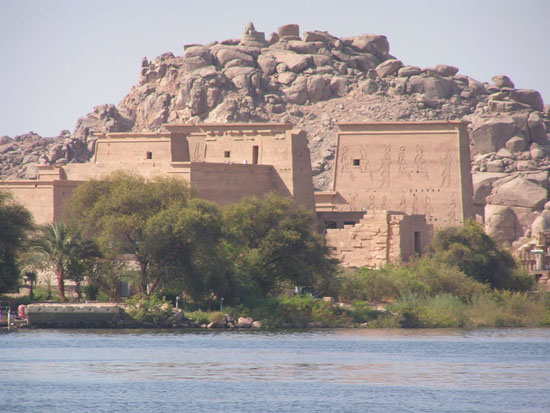Isis, Artemis and Aphrodite and New Age Feminism
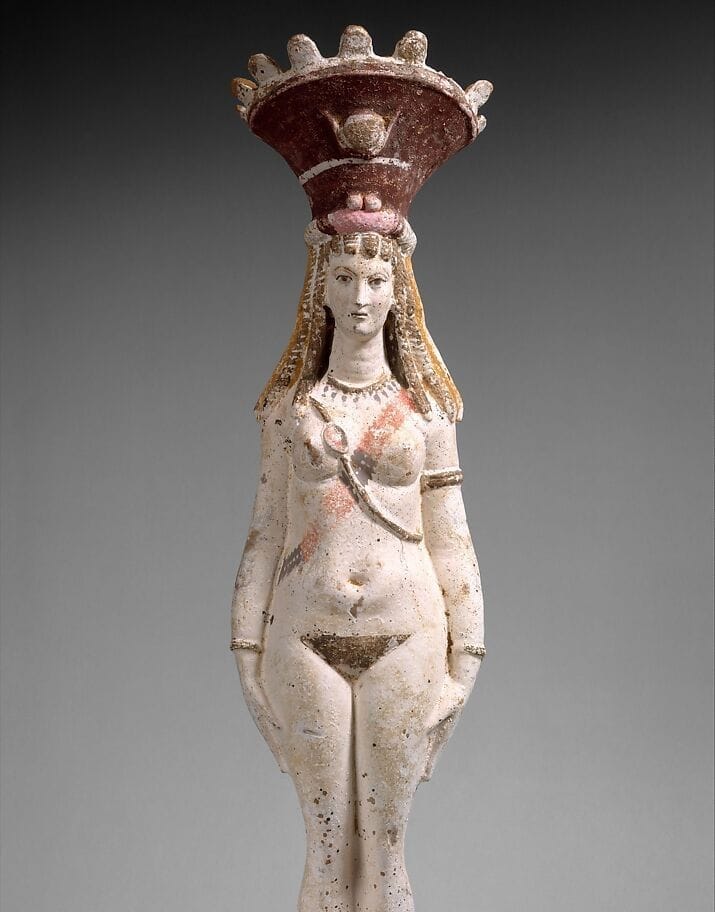
There is a growing literature about the cycles women go through in life, the menstrual cycle of course, but also from maiden to mother to crone, just like the waxing of the moon, to the full moon, to the waning moon. Secular feminism has reached back to embrace pagan thinking, pointing out how Monotheism has sidelined women. Classical statues of goddesses and women have even skipped on the genitals.
Isis, Artemis and Aphrodite and other ancient goddesses have proved appealing for their sexual and magical powers. Below is a papyrus image of Isis resurrecting the dead Osiris via fellatio. Behind him is Anubis.
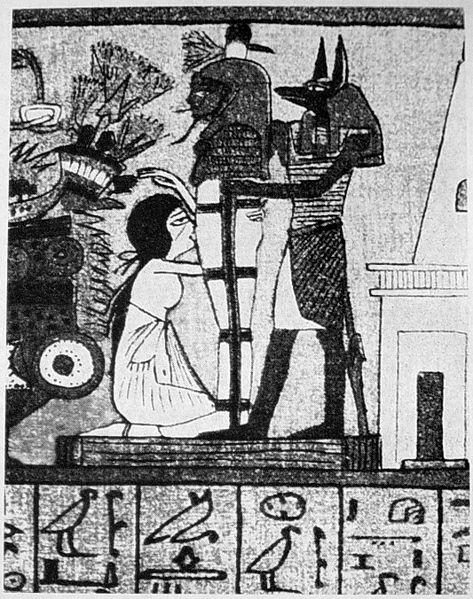
This may not be what New Age Feminism has in mind. So, below is the symbol of Isis known as the tyet ("life"), sometimes known as the "knot of Isis" or the menstrual "blood of Isis" - it seems to identify her with resurrection - powerful imagery for feminism.

Jean Shinoda Bolen has written: "Women raised in the Judeo-Christian tradition have been ignorant of the fact that the God of the Old Testament, the Christian male trinity, and patriarchal monotheism have not existed from the very beginning..." She celebrates "women's current efforts to bring a sacred feminine into religion," arguing that this is not a new invention at all but something that has always gone on through the centuries. (See Goddesses in Older Women, 2001).

The image above of Artemis of Ephesus is much discussed. Those aren't necessarily breasts; some argue they are the scrotums of bulls, victims of sacrifices. That may well be true, but this is intentionally a fertility image and those can be breasts too: Artemis was a nature goddess, inspired by Cybele, an Anatolian goddess. They in turn inspired many European sculptors in the 1500's, including the well known Fountain of Diana of Ephesus at the Villa d'Este in Tivoli.
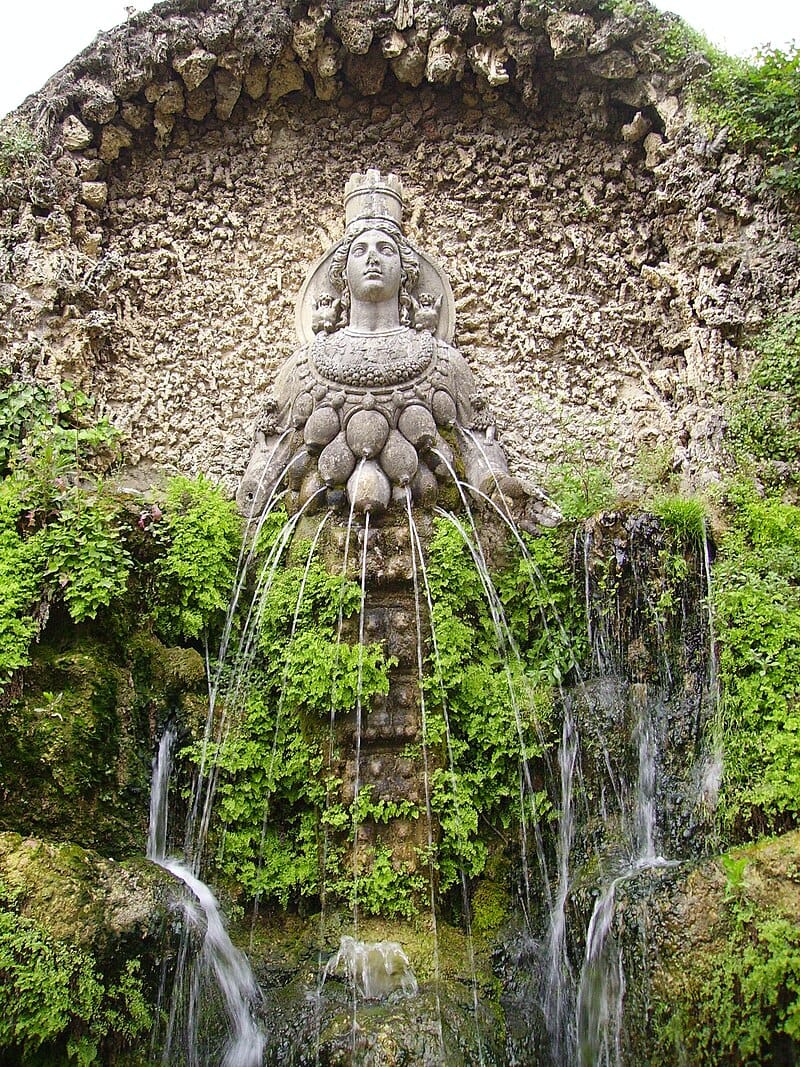
Then there is Aphrodite. How would you interpret this statue of her?
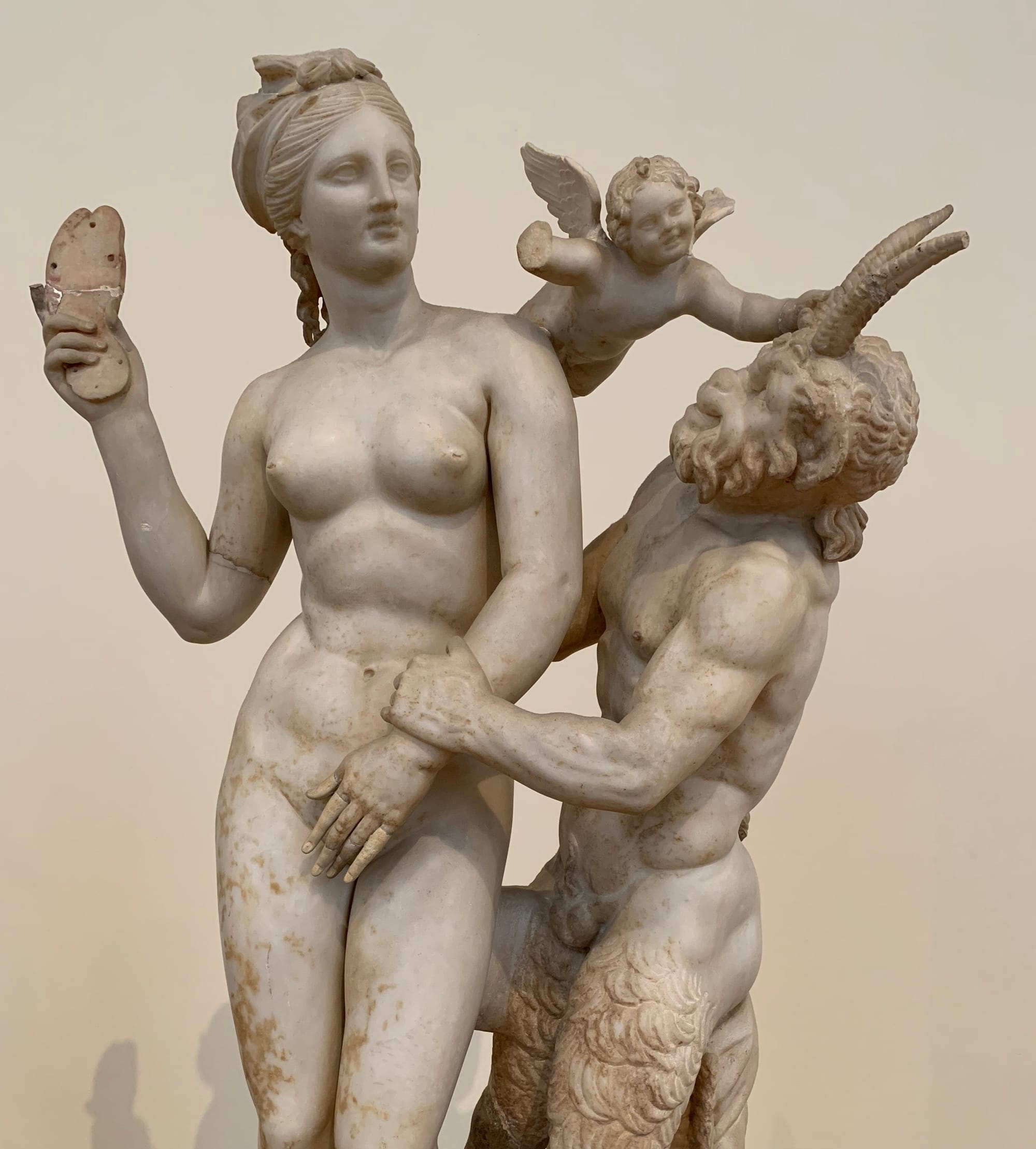
Below is the temple complex of Philae in Egypt today. Philae was associated with Osiris and Isis until the Byzantine emperor Justinian closed it and re-dedicated its temples to the Virgin Mary. With the invasion of Islam it lost its mystical power. This is not the actual site: the buildings were relocated to higher ground nearby when the area was flooded with the creation of the Aswan Dam.
